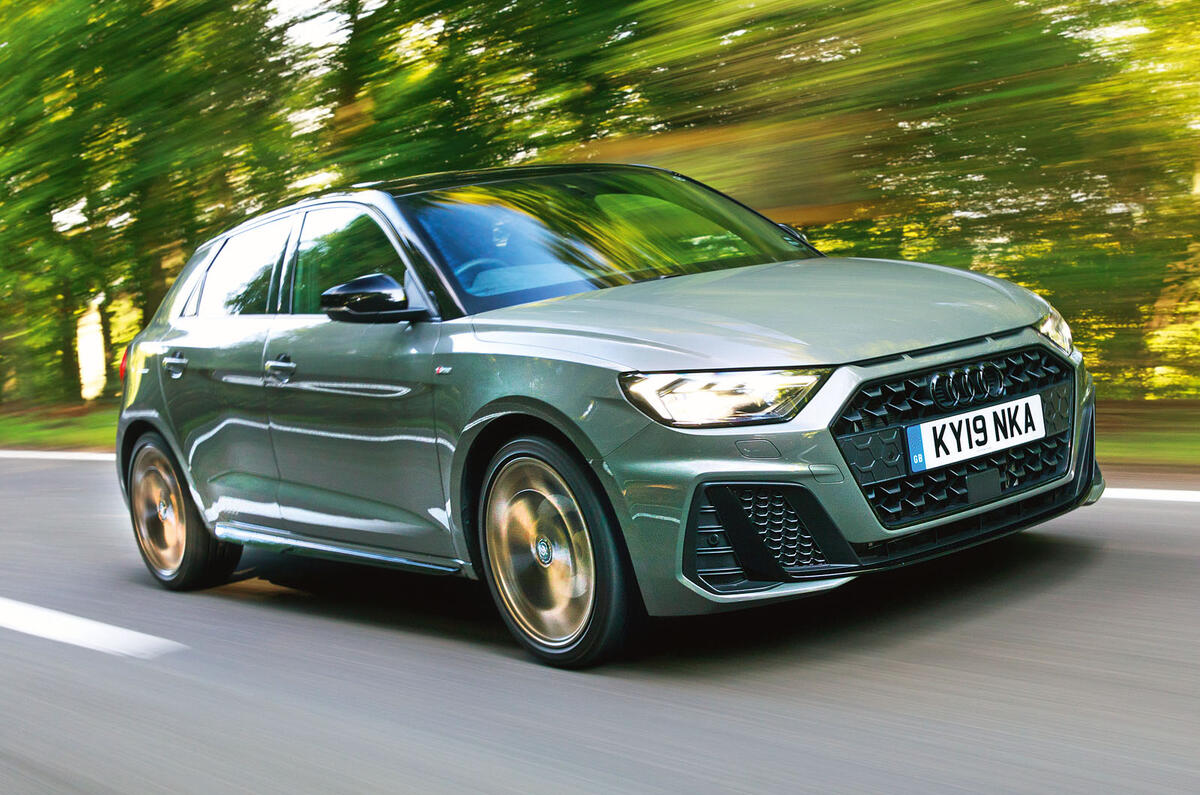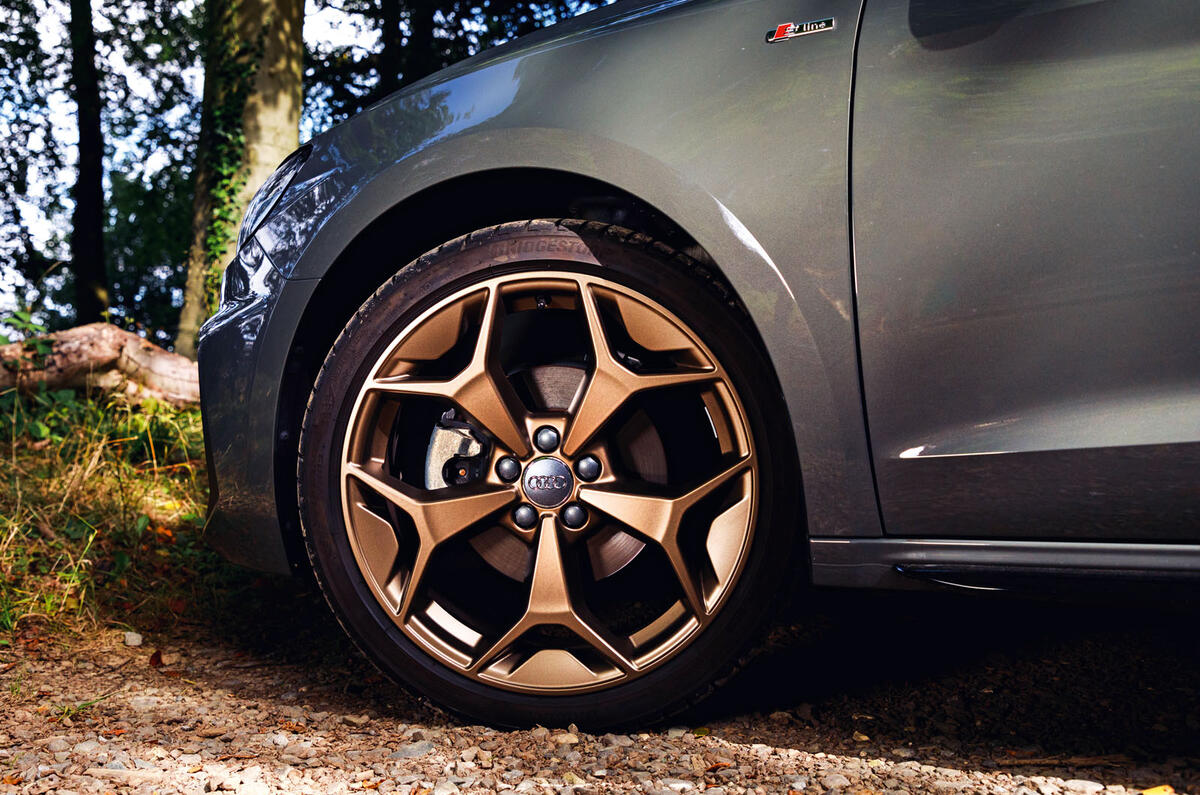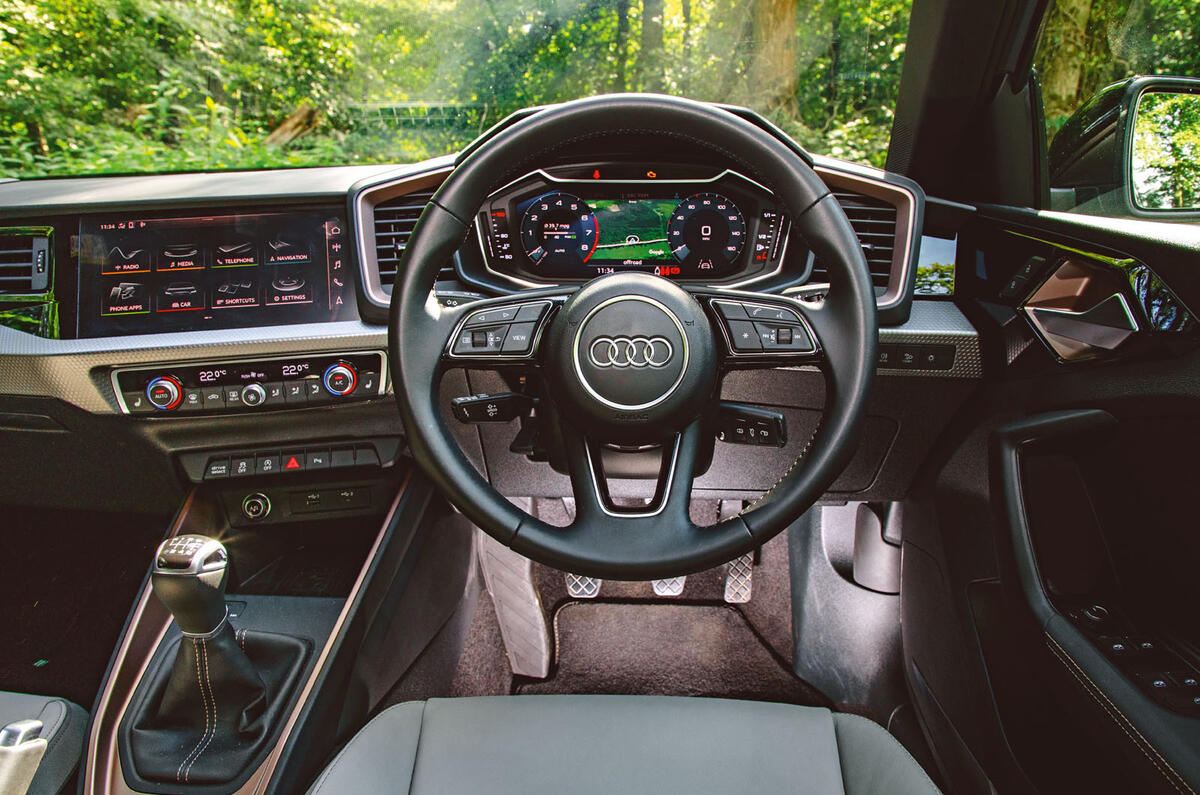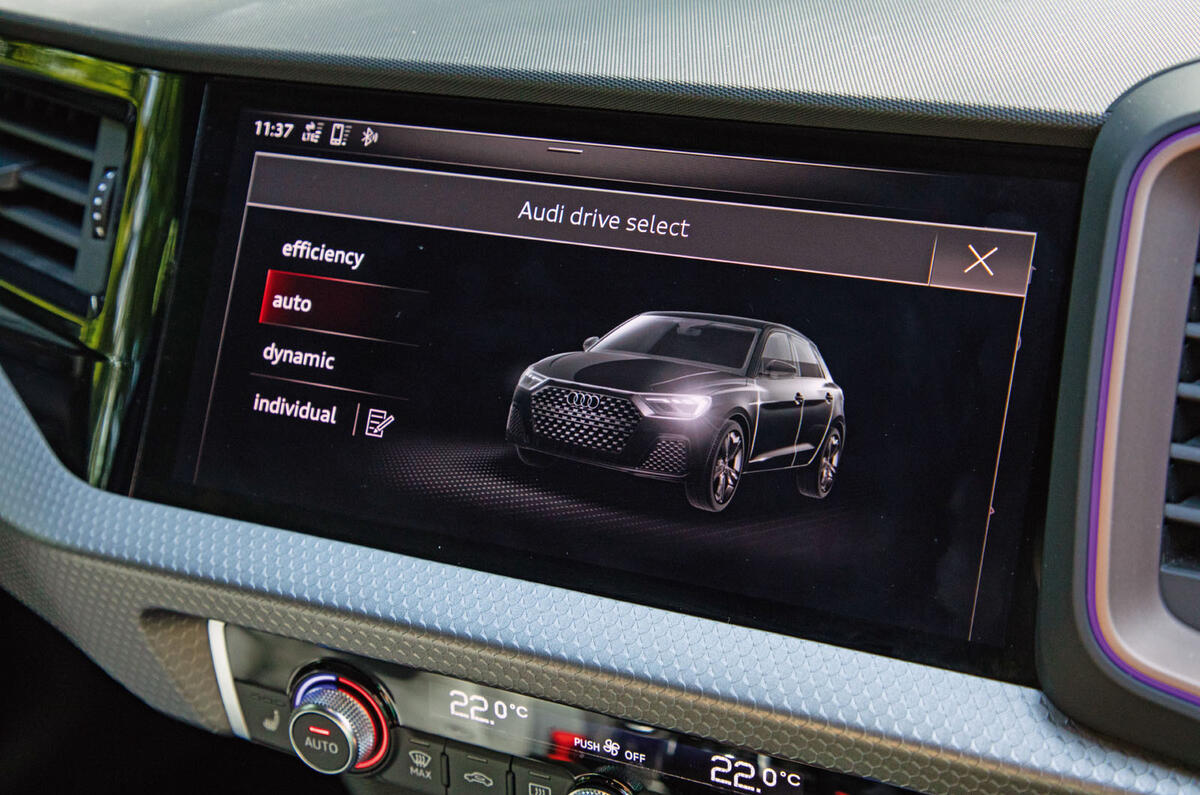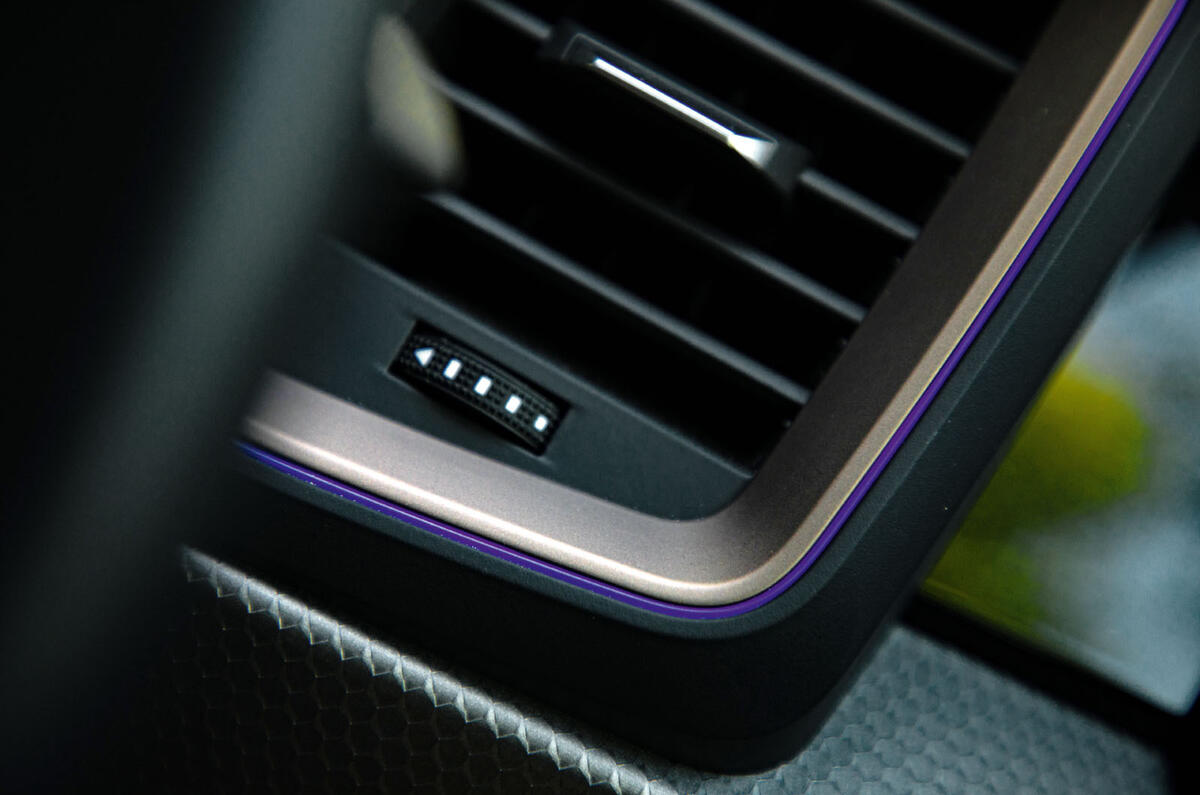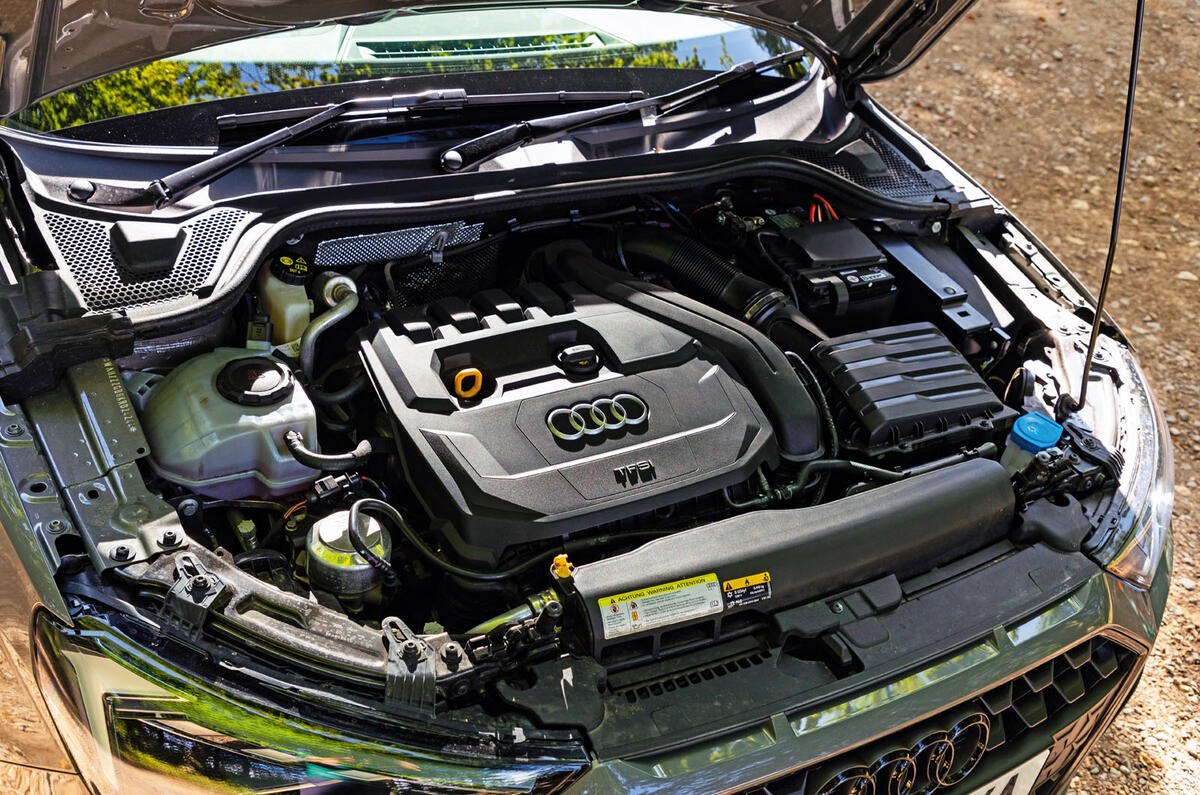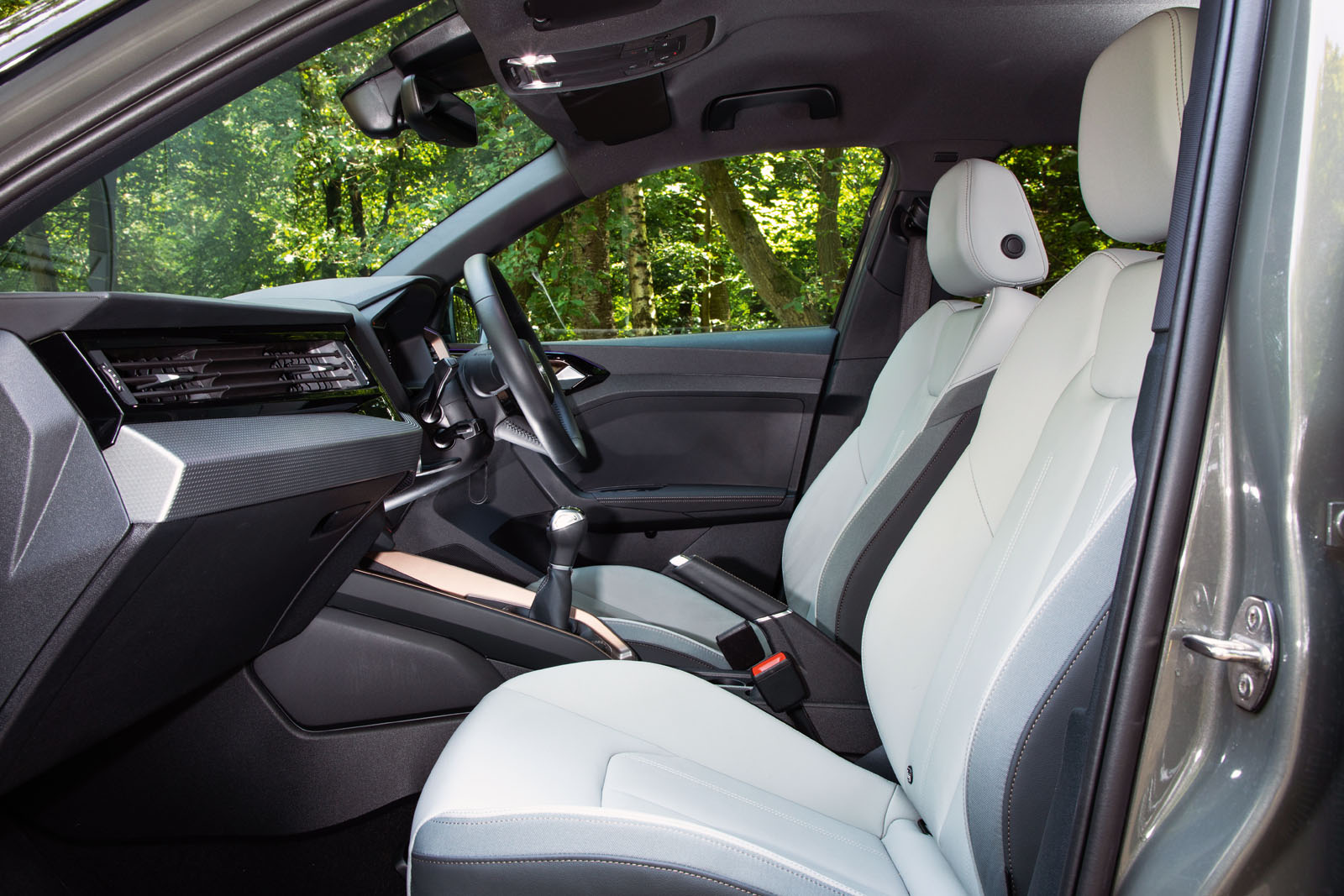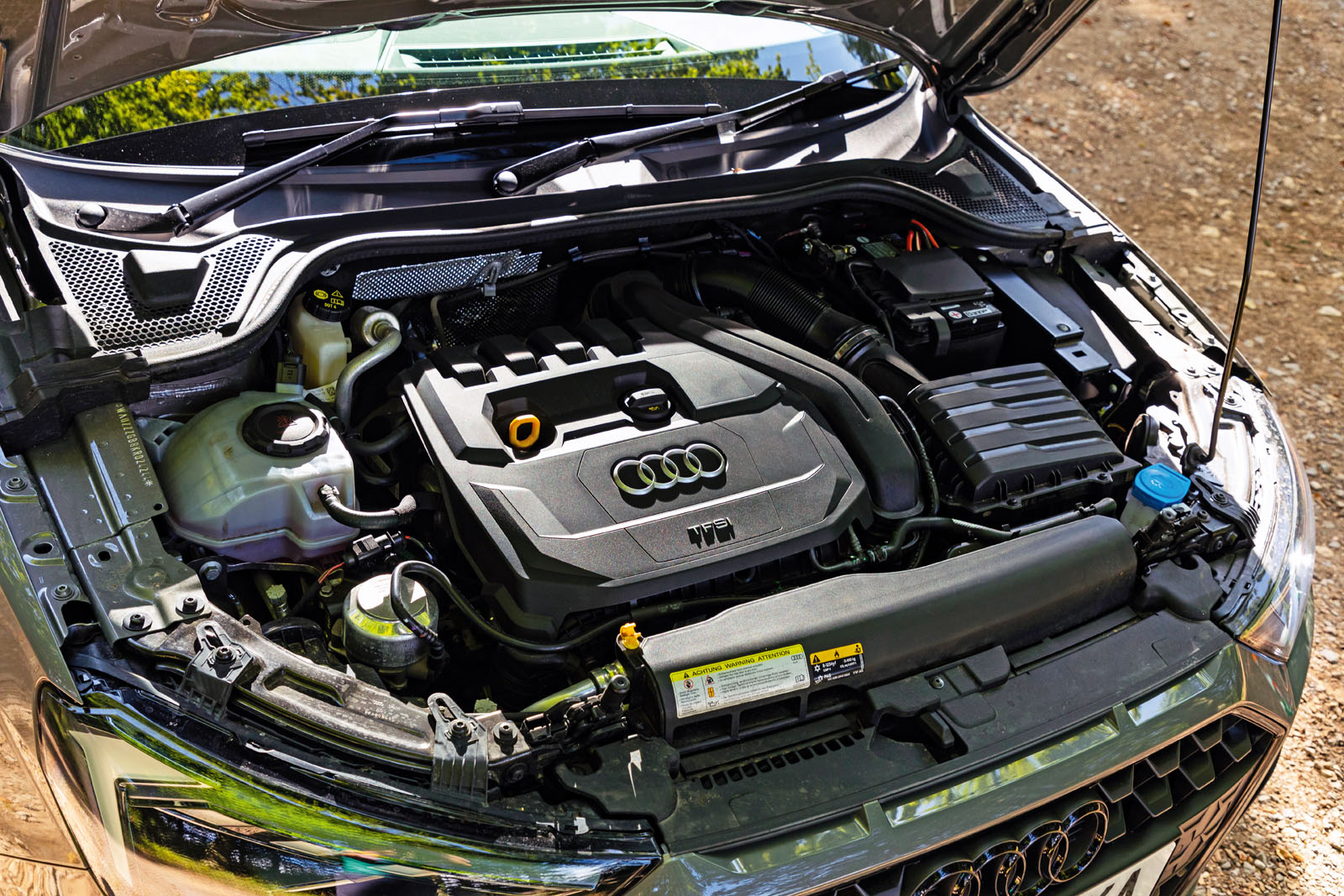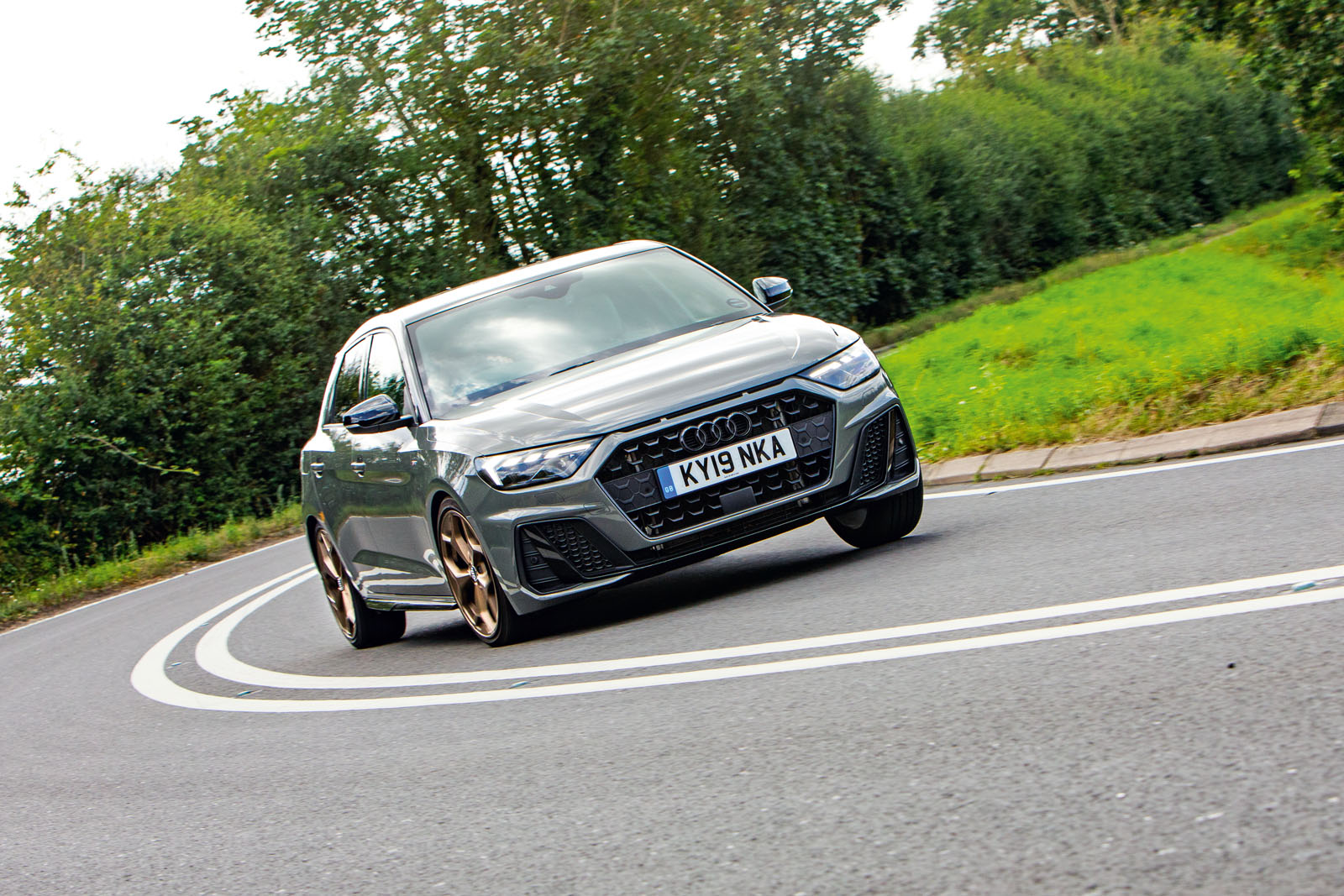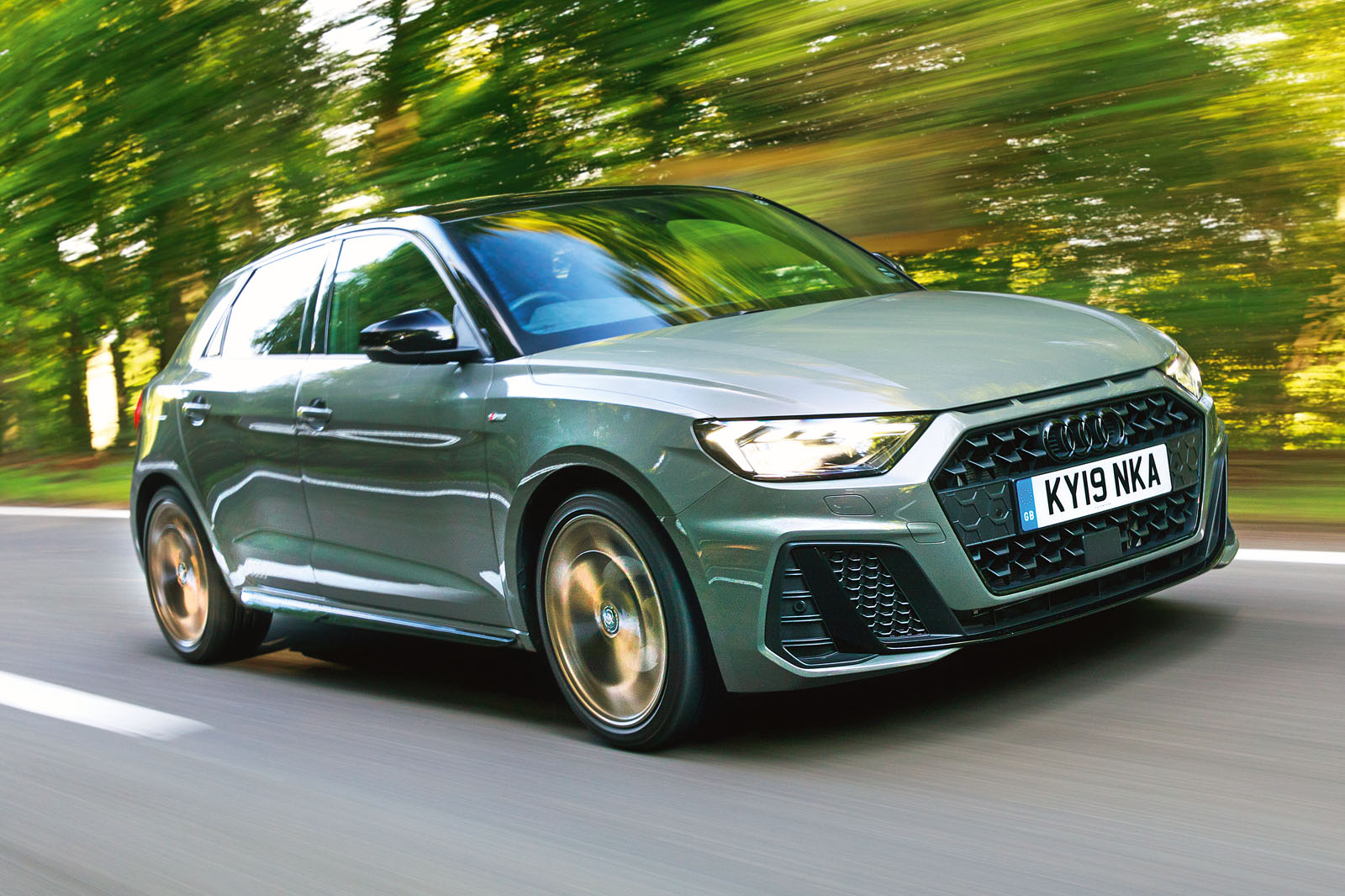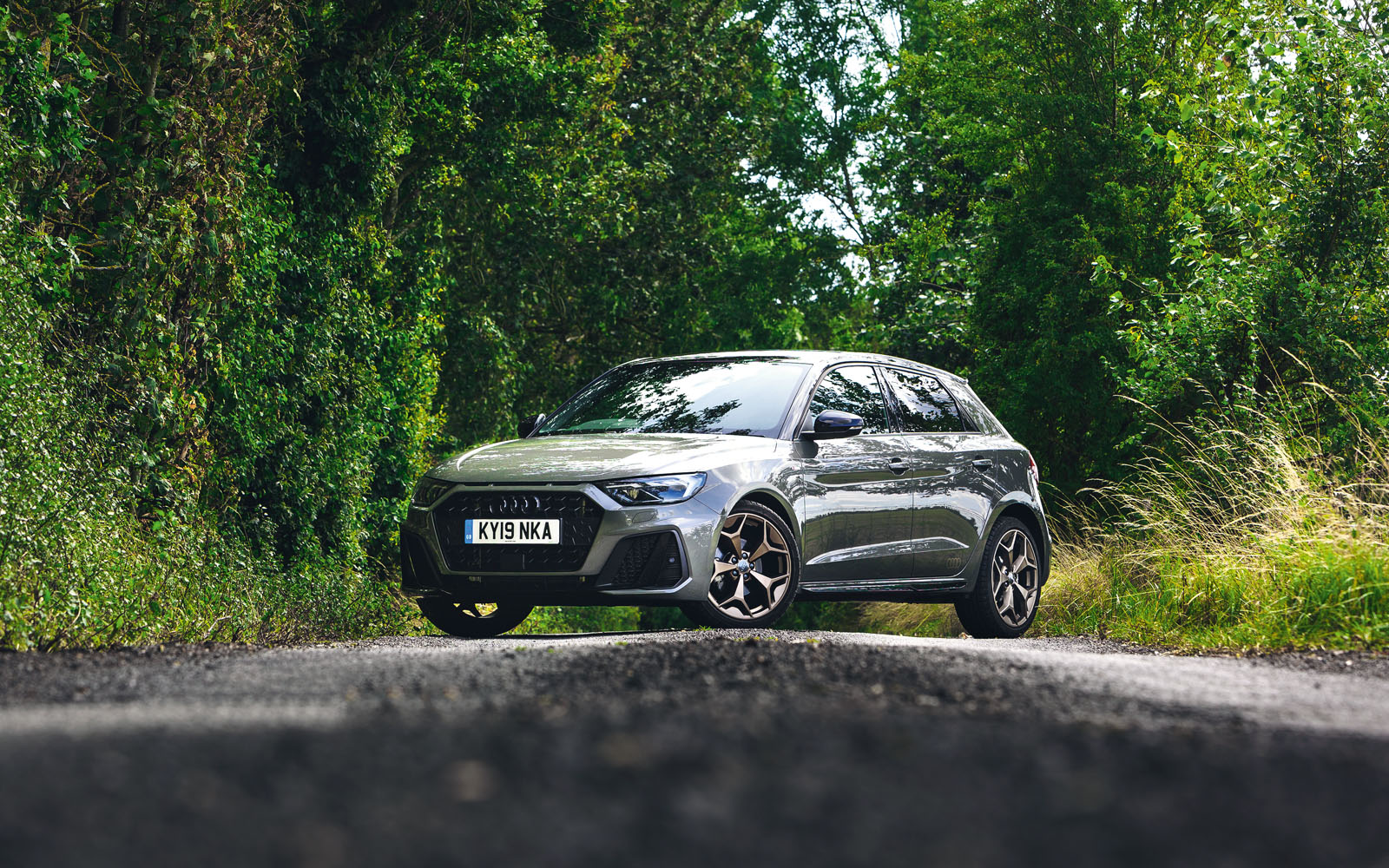Despite the Audi A1, Audi's strategic choices mean it isn’t a car maker we instinctively associate with modern compact hatchbacks – superminis, as they are so often dubbed. Perhaps it ought to be, though, because if it hadn’t been for the original Audi 50 of 1974, there might never have been a Volkswagen Polo at all (the first-gen Polo was just a badge-engineered Audi).
What Ingolstadt learned from the short-lived 50 was that it would take bigger, more imposing, more advanced and more luxurious cars to forge Audi’s modern reputation – cars like the original Quattro, the famous 100 saloons of the 1980s and the A8 of the following decade. It wouldn’t be until 1999, then, that the firm would return to the idea of a compact hatchback by making the innovative-yet-expensive Audi A2; and not until later still, in 2010, that the brand with the four rings would launch a supermini with a fighting chance of profitability.
That 2010 launch was the original Audi A1: a car that collected on its grandfather’s debt by borrowing the contemporary VW Polo’s model platform and did what it could, somewhat late in the day, to get a slice of the premium supermini market being plundered by rival BMW’s Mini brand, and by the likes of what is now DS Automobiles.
Having made an unspectacular but worthwhile contribution to the volume ambitions of its creator, the first-generation A1 was replaced last year by the second-generation car – which has only just been made available to us with one of the more tempting engine options that might make it an interesting road test subject.



